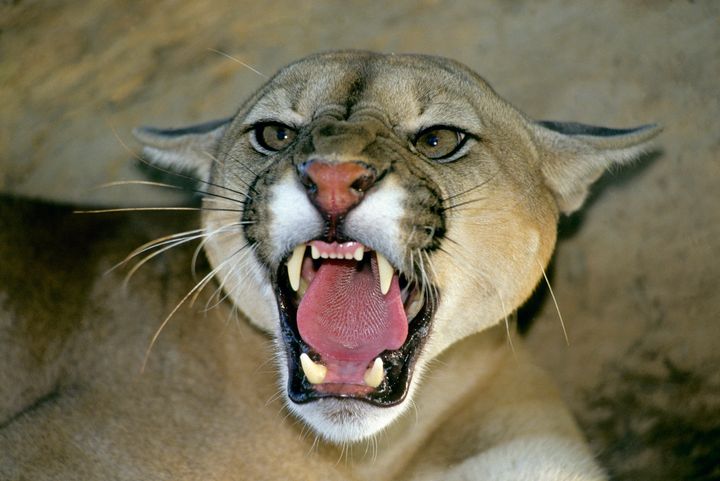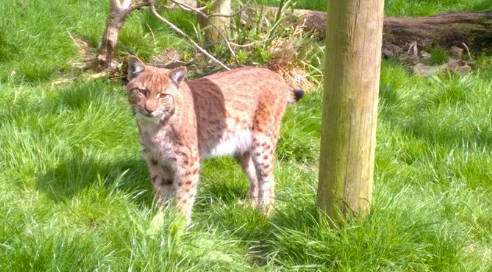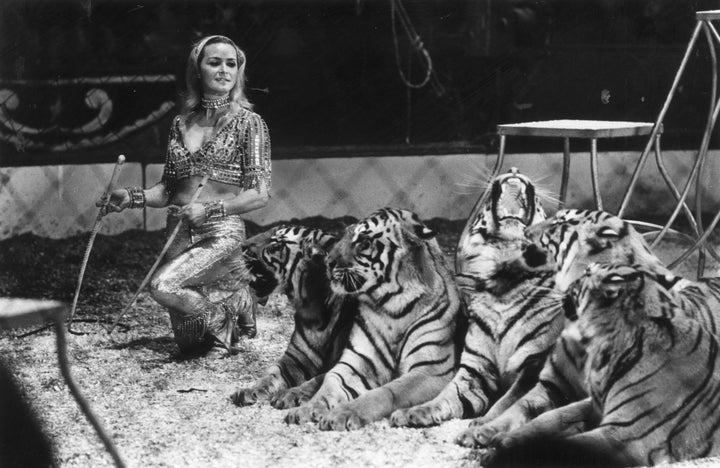Rumours of big cats prowling the British countryside have endured for years, and it now seems at least one notorious creature really was out there.
Specifically, a zoo owner has claimed sightings of the infamous Beast of Dartmoor are very likely to have been genuine glimpses of a pack of pumas released in the area during the late 1970s/ early 1980s.
Benjamin Mee, who owns Dartmoor Zoo, was speaking as his staff continue to search for Flaviu the lynx, which escaped from his facility earlier this month.

Mee told the Plymouth Herald pumas roamed the region for more than 30 years until 2010, when he believes the entire pack was wiped out by the coldest winter on record.
He said: “Puma were released in the Sparkwell area around the 1980s and there were many sightings.
“I even saw one when I first came here in 2006. They used to come out into the village. I saw one by a crossing.

“The farmers don’t want the publicity and wouldn’t tell you this if you asked but there were a lot of animals lost to the pumas during those years.”
Mee’s claims seem to be backed up by the Telegraph, which reports that during the 1970s, Plymouth Zoo was owned by the Chipperfield circus family.
Danny Bamping, the founder of the British Big Cats Society, told the newspaper: “When the zoo was shut down, Mary Chipperfield [now deceased] agreed to transfer her five pumas to [then-owner Ellis] Daw at Dartmoor Wildlife Park.
“But when they arrived, Ellis told me that there were only two pumas in the consignment but five tags in the cage. Mary Chipperfield told Ellis she had broken down on Dartmoor and that somehow three of the pumas had escaped. We think she let them out on the moor.

“She wasn’t even obliged to report it because releasing exotic species wasn’t even illegal until 1981. It was just brushed under the carpet and never talked about. It has never come out until now.”
The story of the Dartmoor pumas may well explain the discovery of some of the mutilated carcasses of animals in the area, but it doesn’t quite account for the fact there have been thousands of reported sightings of large felines on moorland and in woods and fields across the whole of the UK.
The animals - normally black or brown - have been seen in almost every county in Britain, from Cornwall to the tip of Scotland.
Sightings of mystery beasts have largely been blamed on the introduction of the 1976 Wild Animals Act, which curbed a growing fashion for exotic and potentially dangerous pets.
Some owners were thought to have freed their animals into the wild to avoid falling foul of the law.
Nonetheless close encounters with big cats are extremely rare. Expert Rick Minter said: “Their hearing and movement are exceptional, which helps them avoid close contact with people.
“In the event of a close-up encounter, you should stay calm and face towards the animal as you back off, but not threaten or aggravate it.
“The chances are it will have backed off very quickly first.”
The only native wild cat species in the UK is the Scottish wildcat, which looks similar to a domesticated tabby, but there have been calls to reintroduce the Eurasian lynx, thought to have disappeared from Britain around 1,000 years ago.
